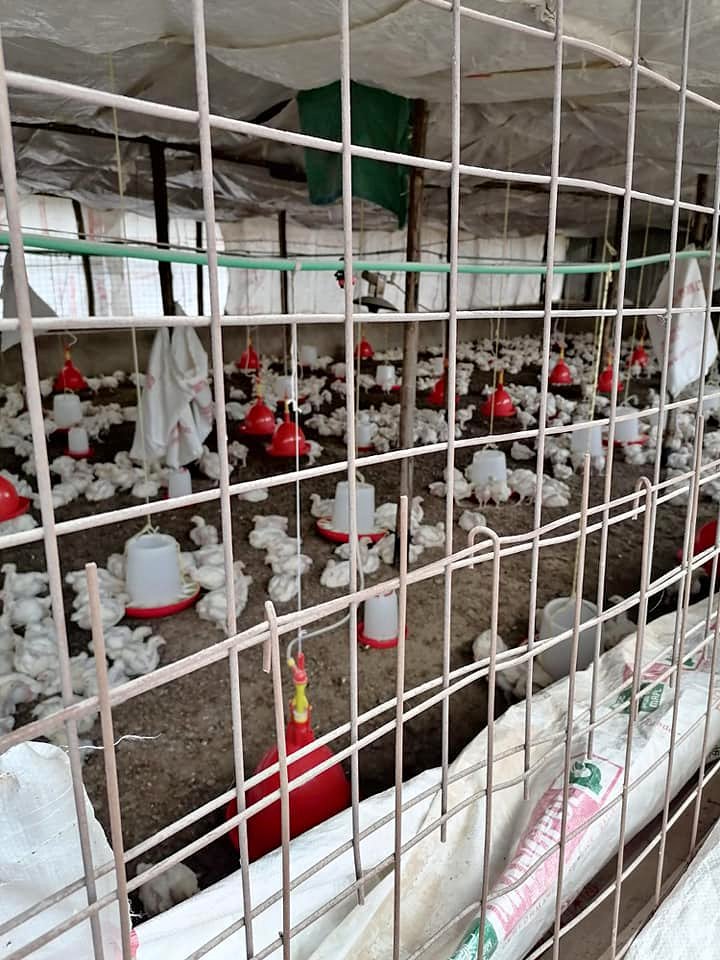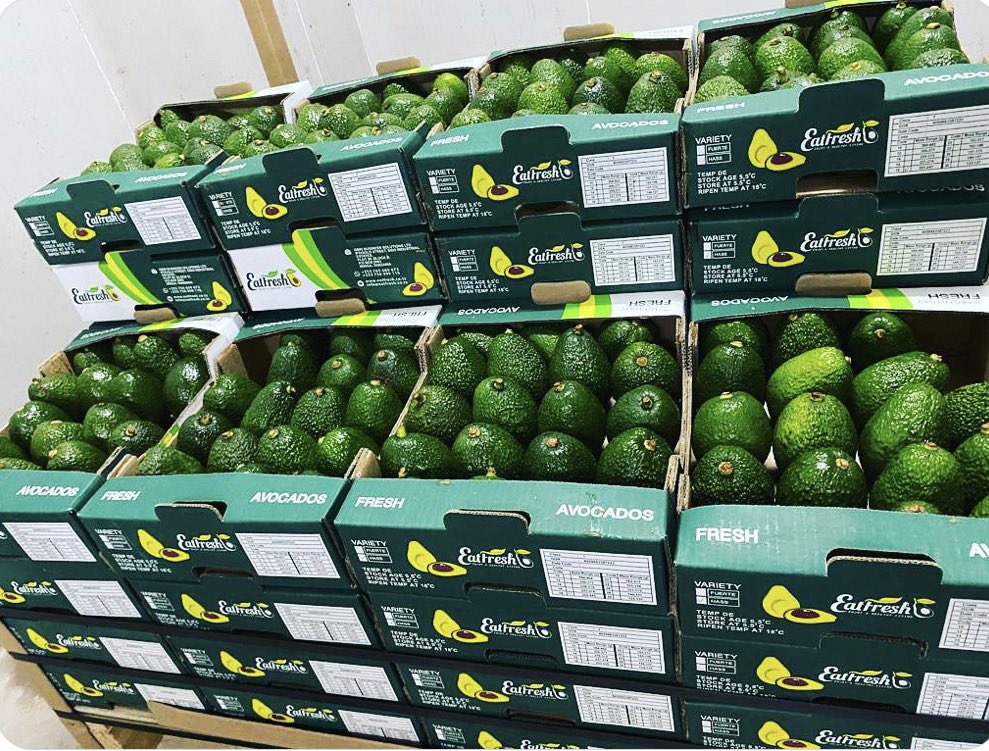OVERVIEW OF BROILER CHICKEN FARMING
Broilers are a specialized breed of chickens raised primarily for meat production. Unlike egg-laying breeds, which are bred for efficient egg production, broilers are bred to grow rapidly and efficiently convert feed into muscle tissue, resulting in a high meat-to-feed ratio. This emphasis on rapid growth makes broilers one of the most efficient sources of animal protein, contributing significantly to global food security and nutrition. Broiler chickens
typically reach market weight in a relatively short period, typically around 6 to 8 weeks, depending on genetics, management practices, and environmental conditions.
HOW TO BUILD A BROILER CHICKEN HOUSE
Site selection: Choose a suitable location for the broiler house, considering factors such as accessibility, drainage, ventilation, and proximity to utilities (water, electricity). Ensure the site is away from potential sources of
contamination, such as industrial facilities or waste disposal sites.
Design and layout: Design the broiler house layout based on the number of birds to be housed and the chosen production system. Consider factors such as space requirements per bird, ventilation needs, and access for feeding, watering, and cleaning. Common designs include open-sided houses or tunnel-ventilated houses, depending on climate and environmental conditions.
Construction materials: Select appropriate construction materials that are durable, easy to clean, and provide adequate insulation and ventilation. Common materials for broiler house construction include wood, steel, concrete,
and galvanized metal sheets. Ensure materials are resistant to corrosion and can withstand the rigors of poultry farming.
Flooring: Choose flooring materials that are easy to clean, provide good traction, and promote bird comfort and welfare. Concrete floors with proper slope and drainage are commonly used in broiler houses. Consider options such
as raised floors or deep-litter systems depending on management preferences and environmental conditions.
Ventilation: Proper ventilation is essential for maintaining optimal air quality, temperature, and humidity levels inside the broiler house. Install ventilation systems such as fans, air inlets, and exhaust vents to ensure adequate airflow and temperature control.
Lighting: Install lighting systems to provide sufficient illumination for the broilers and to regulate their activity patterns. Use natural light where possible, supplemented with artificial lighting to maintain a consistent photoperiod. Proper lighting promotes feed consumption, growth, and overall bird welfare.
Watering: Install automated watering and feeding systems to ensure consistent access to clean water and feed for the broilers. Use nipple drinkers or bell drinkers for efficient water delivery and minimize spillage.
Maintenance and monitoring: Regularly inspect and maintain the broiler house to ensure structural integrity, proper functioning of equipment, and optimal conditions for bird welfare and performance. Monitor environmental
parameters such as temperature, humidity, and air quality regularly to identify and address any issues promptly.
STEPS FOR SUCCESSFUL BROILER CHICK
Selecting quality chicks: Start with healthy day-old chicks from reputable hatcheries or suppliers. Look for chicks that are lively, with bright eyes, clean feathers, and strong legs. Avoid chicks with deformities or signs of illness.
Proper brooding: Provide a warm and draft-free brooding environment for the chicks during the first few weeks of life. Use heat lamps or brooder heaters to maintain the temperature around 90-95°F (32-35°C) initially, gradually
decreasing it by 5°F (2-3°C) per week. Ensure proper ventilation and adequate space to prevent overcrowding.
Nutrition: Offer a balanced starter feed specifically formulated for broiler chicks. Provide easy access to clean water at all times.
Housing and environment: Transition the chicks to larger housing facilities, such as poultry houses or pens, as they grow. Ensure adequate ventilation, lighting, and temperature control to create a comfortable environment. Keep the litter dry and clean to prevent issues such as ammonia buildup and footpad dermatitis.
Heath management: Implement a vaccination program recommended by poultry health professionals to protect against common diseases.
Monitoring: Implement a vaccination program recommended by poultry health professionals to protect against common diseases.
Gradual transition to grower feed: Transition the chicks from starter feed to grower feed at around 3-4 weeks of age, depending on growth rate and nutritional requirements. Ensure a smooth transition by gradually mixing the
new feed with the old feed over several days to prevent digestive upsets.
OVERVIEW OF BROILER CHICKEN FARMING





